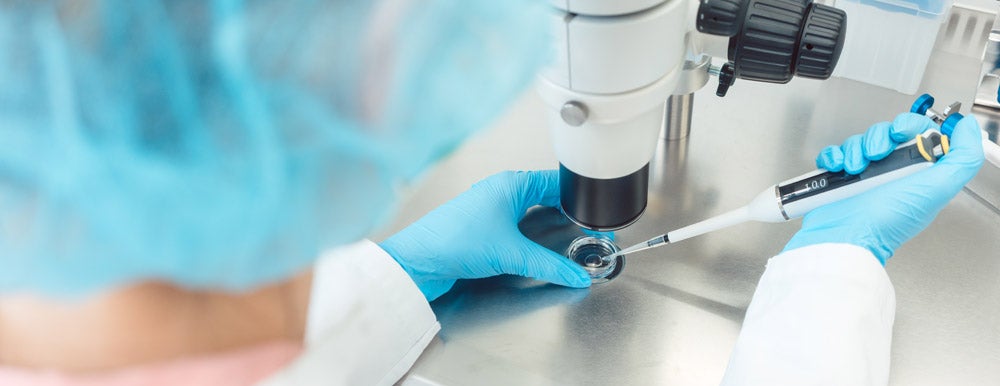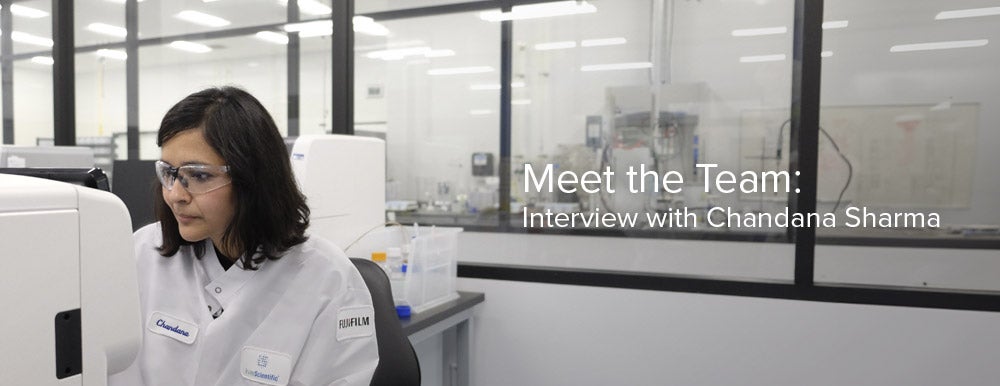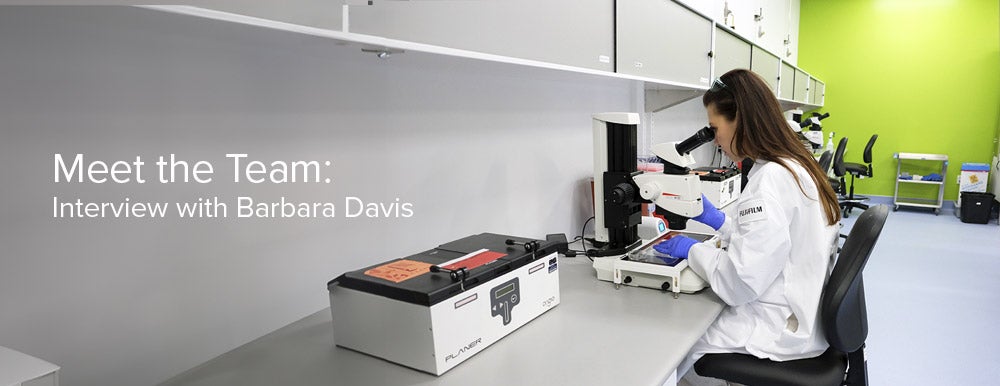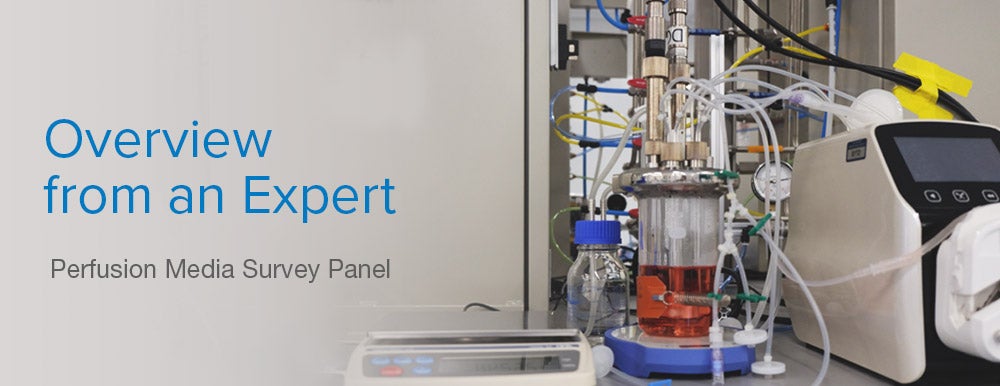We use cookies to make your experience better. To comply with the new e-Privacy directive, we need to ask for your consent to set the cookies. Learn more.
Comparing Embryo Culture Media

Trialing a new embryo culture medium is a common occurrence in the IVF laboratory. There are several commercial options for the two main types of media—single-step and sequential—that provide many opportunities for comparison.
Rationale for comparing culture media may vary. Reasons often include changing to a less expensive product, improving laboratory efficiency by permitting uninterrupted culture, or seeing a recent study at a meeting that touts the superiority of a new product. Certainly, the IVF laboratory should be looking for ways to continually improve upon outcomes and as emerging research is providing us new insights into embryo physiology and newer media formulations are being developed, it is incumbent upon the lab to trial these new media.
While the financial and workflow impacts of a medium change can often be determined via simple calculations, when trialing a culture medium for its ability to improve outcomes, the laboratory must ensure that the comparison of its new medium and current medium is properly conducted. To accurately determine how a new medium is performing, the IVF laboratory needs to utilize an applicable experimental design with appropriate tracking of endpoints.
Define endpoints
Prior to starting the media comparison, the endpoints need to be clearly defined and powered for the difference anticipated. These data should be collected from cases for a defined, continuous period of time to reduce confounders. This may be more difficult in smaller labs with limited cycle numbers. Common endpoint measures include morphokinetic comparisons, number of good quality embryos on day 2 or 3, and day/grade of blastocyst formation. Additional endpoints may include the percentage of euploid vs. aneuploid or mosaic embryos. While any thorough comparison of culture media should also assess clinical outcomes of embryos from the respective culture media, this can be difficult due to factors such as logistical issues, timing, and patient variability.
Use a sibling oocyte split study design
The recommended method to compare culture media is a sibling oocyte split. There are numerous variables in the culture system that can impact outcomes, and retrospective trials cannot account for all of these variables. Using a sibling oocyte split approach ensures that the variability of the patient as well as the lab is kept to a minimum and helps isolate the impact of the culture medium. When performing sibling oocyte splits for media comparison, oocytes can be divided up at different time points depending on the culture system. The most common approach is to randomly divide the eggs following fertilization check.
A sibling oocyte split design should be approached in a cautious manner. It is not uncommon to split oocytes unequally early on in the trial by placing fewer eggs into the new test media. After verifying that several initial outcomes using this approach with patients are acceptable, the laboratory should utilize an even distribution of eggs between the two comparison culture media to avoid bias. Care should also be taken to ensure that eggs are handled and distributed randomly. For example, to avoid introducing timing differences or other unplanned biases, medium one should not always have the eggs that were retrieved or ICSI’d first.
Validate your setup
Key considerations when comparing media include first validating the culture system to ensure the medium is being used within the manufacturer's recommended parameters. This often includes making up mock dishes or tubes and verifying the pH and osmolality in the laboratory under their specific conditions utilized. If the medium characteristics are not within recommended ranges, then corrective measures must be taken prior to any testing on patient embryos. This may include adjusting CO2 concentrations to regulate pH or altering the medium or oil amounts to mitigate evaporation and osmolality changes.
Control for protein supplementation
The protein supplement and concentration used in the culture media should also be accounted for. Protein supplements can be extremely variable and impact embryo development. In an ideal scenario, the laboratory would supplement the same protein to each medium tested to control for protein or lot number variations. This may not be feasible if using a pre-supplemented/ready-to-use product.
Use the same dish type and culture method
Comparisons of culture media should also ensure the same type of dish is used between the two media examined. Additionally, a similar number of embryos should be placed in each well/drop to control for the impact of group embryo culture.
If possible, use the same incubator
Ideally, when comparing media, both treatments should be placed within the same incubator. As mentioned previously, this requires careful assessment of pH to ensure the gas conditions are appropriate for both media tested. If the same CO2 concentration is not possible for both media, then separate incubators must be used. In this case, careful attention to other variables must be taken (i.e. same type of incubator, same oxygen tension, same temperature, same humidity, same usage/door openings, et cetera).
Assess in the middle and the end
Once the media comparison is underway, an interim assessment is likely warranted. Following completion of the trial, careful examination of the data should be done to determine if laboratory or clinical outcomes justify a medium change or not. The criteria for justifying a change should have been determined prior to the onset of the trial.







